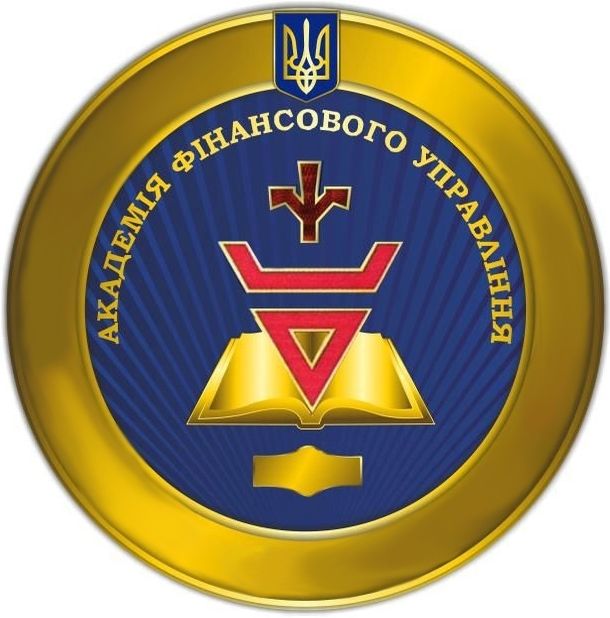
|
№ 2/2021
2. Studenski, P. (1968). The Income of Nations (Theory, Measurement, and Analysis: Past and Present). Moscow: Statistics [in Russian]. 3. Leontiev, V. V. (2007). Selected works (in 3 Vols.), vol. 2. Moscow: Economics [in Russian] [in Russian]. 4. European Commission, & Eurostat. (2013). European system of accounts – ESA 2010. Luxembourg: Publications Office of the European Union. Retrieved from ec.europa.eu/eurostat/documents/3859598/5925693/KS-02-13-269-EN.PDF/44cd9d01-bc64-40e5-bd40-d17df0c69334. 5. European Commission. (2008). Eurostat Manual of Supply, Use and Input-Output Tables. Luxembourg: Office for Official Publications of the European Communities. 6. Statistisches Bundesamt. (2021). Input-Output-Tabelle der inländischen Produktion und Importe zu Herstellungspreisen 2017 (Revision 2019) in Milliarden Euro. Retrieved from www.destatis.de/DE/Themen/Wirtschaft/Volkswirtschaftliche-Gesamtrechnungen-Inlandsprodukt/Tabellen/innlandsprodukt-input-ouptrechnung.html 7. Ashyrov, G., Paas, T., & Tverdostup, M. (2018). The Input-Output analysis of blue industries: comparative study of Estonia and Finland. University of Tartu, Working Paper. doi.org/10.2139/ssrn.3176955 8. State Statistics Service of Ukraine. (2021). National accounts of Ukraine for 2019. Kyiv. Retrieved from ukrstat.gov.ua/druk/publicat/kat_u/2021/zb/02/Nac_rah_19.pdf [in Ukrainian]. 9. Sukhodolia, O. (Ed.). (2017). Developing The Critical Infrastructure Protection System in Ukraine. Kyiv: NISS. 10. Portal Site of Official Statistics of Japan. (n. d.). 2015 Input-Output Tables for Japan. Retrieved from www.soumu.go.jp/english/dgpp_ss/data/io/io15_00001.htm. 11. Yastremskyi, O. (2017). Uncertainty in input-output scheme: comparative inter-country analysis. RFI Scientific Papers, 3, 21–35 [in Ukrainian]. doi.org/10.33763/npndfi2017.03.021 12. Yastremskii, O. (2019). Interbranch Chessboard of Uncertainty and Its Applications: Forecasting, Economic Policy, Fiscal Risk, General Equilibrium. Cybern Syst Anal., 55, 369–376. doi.org/10.1007/s10559-019-00143-6 13. Yastremskyi, O. (2014). Comparative analysis of the structure of national economies: Ukraine (2005, 2011 years) – Poland (2005 year). Foreign Trade: Economics, Finance, Law, 1, 112–119 [in Ukrainian]. 14. Kulyk, V. (2021). Japan experience: system analysis and modelling inter-industry relations. Finance of Ukraine, 1, 83–102 [in Ukrainian]. doi.org/10.33763/finukr2021.01.083 15. Kulyk, V. (2020). Analysis of Japan’s and Ukraine’s sectoral structure of the economy within the framework of the aggregated input-output models. RFI Scientific Papers, 3, 109–127 [in Ukrainian]. doi.org/10.33763/npndfi2020.03.109 16. Kulyk, V. (2021). Critical infrastructure in the system of production and financial and economic relations “input-output”. Finance of Ukraine, 6, 89–108 [in Ukrainian]. doi.org/10.33763/finukr2021.06.089 17. Wikipedia. (n. d.). Critical infrastructure. Retrieved from en.m.wikipedia.org/wiki/Critical_infrastructure. 18. EU Council. (2008, December 8). Directive 2008/114/EC on the identification and designation of European critical infrastructures and the assessment of the need to improve their protection. Retrieved from eur-lex.europa.eu/legal-content/EN/ALL/?uri=CELEX%3A32008L0114. 19. UK Cabinet Office. (2010, March 1). Strategic Framework and Policy Statement on Improving the Resilience of Critical Infrastructure to Disruption from Natural Hazards. Retrieved from www.gov.uk/government/publications/strategic-framework-and-policy-statement-on-improving-the-resilience-of-critical-infrastructure-to-disruption-from-natural-hazards. 20. OECD. (n. d.). National Strategy for Critical Infrastructure Protection (CIP Strategy). Retrieved from www.oecd.org/governance/toolkit-on-risk-governance/goodpractices/page/nationalstrategyforcriticalinfrastructureprotectioningermany.htm. 21. Law 8/2011 on the Measures for the Protection of Critical Infrastructure 2011. (n. d.). Retrieved from www.global-regulation.com/translation/spain/1437394/law-8-2011%252c-28-april%252c-by-which-establish-measures-for-the-protection-of-critical-infrastructure.html. 22. Verkhovna Rada of Ukraine. (2021). About critical infrastructure (Draft Law No. 5219, March 9). Retrieved from w1.c1.rada.gov.ua/pls/zweb2/webproc4_1?pf3511=71355 [in Ukrainian]. 23. European Information and Research Center. (n. d.). Critical infrastructure facilities and critical information infrastructure facilities in European countries. Retrieved from euinfocenter.rada.gov.ua/uploads/documents/29297.pdf [in Ukrainian]. 24. State Statistics Service of Ukraine. (2020). Input-Output Table of Ukraine for 2018 in basic prices. Kyiv. Retrieved from ukrstat.gov.ua/druk/publicat/kat_u/2020/zb/05/zb_tvv_18.pdf [in Ukrainian]. 25. McConnell C. R., & Brue S. L. (2003). Economics: principles, problems, and policies (14th Ed.). Moscow: INFRA-M [in Russian]. 26. Mankiw, G. (1994). Macroeconomics. Moscow: MSU Publishing House [in Russian]. 27. Quesnay, F., Turgot, A. R. J., & Du Pont de Nemours, P. S. (2008). Physiocrats. Selected economic works. Moscow: Eksmo [in Russian]. 28. Ministry of Internal Affairs and Communications Japan. (2016, September). 2011 Input-Output Tables for Japan. Retrieved from www.soumu.go.jp/main_content/000443188.pdf. 29. UNESCO. (2005). Towards Knowledge Societies (World Report) [in Russian]. |
|
|
|
|
THE ACADEMY OF FINANCIAL MANAGEMENT |

|
|
|



